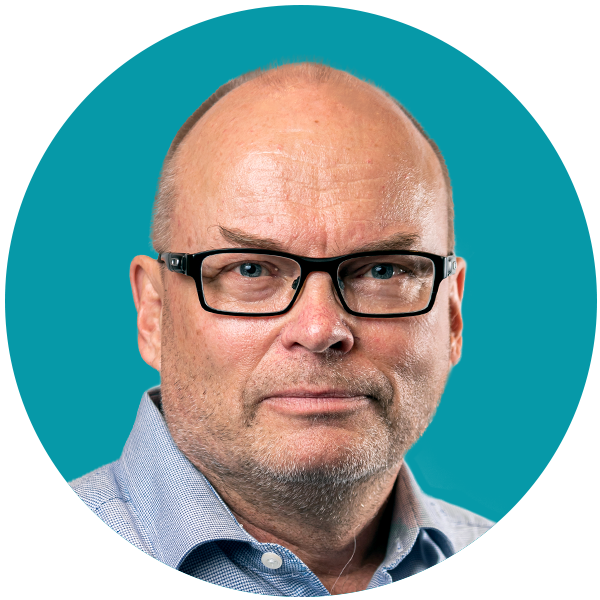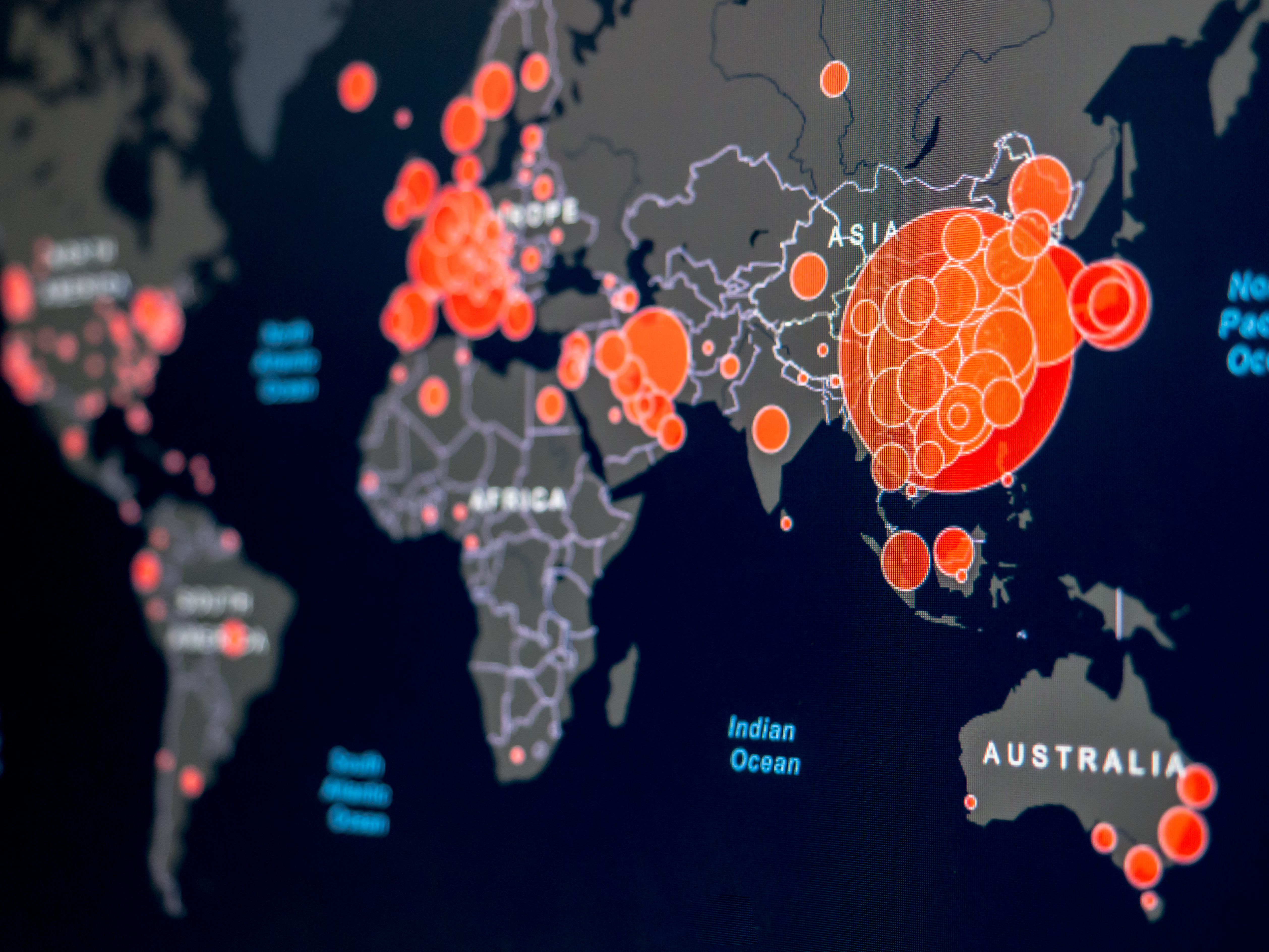Partners in Performance Partner Matti Karinen describes his experience in navigating business during both the Ebola outbreak in Liberia and the SARS outbreak in Singapore. Thankfully, no workforce infections occurred in either instance, an incredible feat considering Matti ran a 4,000 person agriculture company in Liberia.
Summary
Matti Karinen ran a 4,000 employee large agricultural company in Liberia in the midst of the Ebola Outbreak.
- Role: Directed planning, countermeasures, implementation.
- Result: zero casualties, zero cases amongst workforce, zero casualties amongst families, zero casualties amongst affiliated communities. Imported cases were intercepted and quarantined.
- Lessons: clear, early structure of responses and communications, disciplined procedures - medical measures were not available at that time, only regular measures - disciplined procedures were the key. Incentivised volunteer management to stay in place.
In Singapore, Matti was part of the executive team of a company in pulp & paper, engineering and agriculture during the SARS outbreak
- Role: Contingencies to stay operational during potential SARS pandemic. Helped design and manage company infection control procedures e.g. Temperature checks, hand washing, monitoring and confirming everyone was okay
- Results: no cases in this Singapore company during SARS.
1. How does the Coronavirus outbreak compare to Ebola or SARS? What are the similarities?
Coronavirus is a much milder disease when compared to SARS and Ebola, however the difficulty here lies in containment. While we are dealing with a much more widespread disease, the principles in dealing with the situation as an organisation are still largely applicable.
2. In times of such uncertainty and panic, how did you maintain customer confidence?
Clarity and structure were key to maintaining confidence amongst stakeholders.
It was difficult at the beginning as the outbreak was spreading, but within a few weeks stakeholders began to realise that we were going to continue operating and weren’t faltering in any of our commitments.
Our focus throughout the Ebola outbreak was continuity. We had a clear framework identifying and measuring the evolving threat and a corresponding response plan. It was particularly important that our management and investors understood this framework. They understood our response for each threat level, giving them clarity on the situation. Understanding that our business was still operating and that asset protection and values could be maintained is what gave them confidence.
3. How did you combat supply chain issues?
We had three focus areas when it came to supply chain:
- Fuel for operations
- Critical spare parts
- Communications, health care and non-tangible supply
We created a specific plan to ensure fuel and parts supply as well as community and company clinics' medical items would be uninterrupted even if quarantine and roadblocks were in place. Critical to this was working very closely with government bodies and NGOs on how to operate in quarantines and restricted zones.
4. How did you stay on top of latest developments?
Being in Liberia is very different to how we would operate in a developed country, particularly in the city. We were heavily in tune with what was happening in three ways:
- Local Government – updates with Country chiefs and head doctors,
- NGOs (Medecins San Frontiers) – direct insight from hospitals and surgeons
- Industry Peers – weekly coordination with other companies within the industry
The industry association we formed very early into the crisis was incredibly helpful, providing practical insight into what worked and didn’t work, what actions resulted in cases and what didn’t. It was a valuable forum to share knowledge on managing our workforce and constituents. The weekly meetings operated for 3 months.
5. How do you connect the dots between generic advice and changing day to day behaviours?
We had a few iterations of making this work. We ultimately had 100% temperature checks and 100% exclusion for people entering ‘protected areas’. We also agreed with our communities that we would not allow outsiders. It was difficult to implement but it was luckily understood.
We realised we didn’t need to convince 100% or 80% of people to follow these restrictions, just enough to influence. We did experience a few cases with people trying to hide their situation. However by convincing at least half of the group, these people noticed if someone was showing symptoms and they reported them. Liberia evolved a group of volunteers called “Ebola Hunters” who were involved in tracing and we organised the quarantines on an individual basis.
6. Was your Business Continuity Plan (BCP) ready to deal with Ebola or did you have to develop a tactical plan?
It is optimistic to believe all organisations have a BCP plan, but hopefully this experience teaches us the value in at least having a framework.
With regards to Ebola, we were reactive but even so we quickly got ahead. Once we realised what was the risk, within a week we held a telecoms workshop with senior managers from the key areas (this was crucial – making sure we had the right areas involved) and we developed an eight level framework and response plan. In retrospect we probably had too many, we only needed four but the fact that we had that transparency with our stakeholders and weekly touchpoints was valuable.
It is difficult in a constantly changing environment to have a plan that is 100% correct, but as an organisation and externally there was clarity on how we were monitoring the outbreak and how we were approaching our response.
7. How did you manage your workforce? Employees wanting to leave?
From the outset we wanted to ensure continuity, particularly continuity of income for our employees.
Across our professional staff, we incentivised them with a bonus if they stayed. In the face of the crisis employees in essence had three options:
- Go home without pay but their job would be held
- Find an alternative job but no extras or risk benefits paid
- Stay and be paid a bonus, and medical support assured
This shaped the team, as roughly half the relevant management stayed and kept the operation running. It worked. No one got sick. But it was challenging. There was no time to cross-train staff – you cannot build people into experts in a few weeks and often it was the trainers who left first. The employees who stayed worked more, and often had to step up into more senior roles.
8. It’s one thing to have a plan but how did you ensure information was filtered down to all employees?
This was an issue. Luckily we already had a system in place in the form of morning meetings. This wasn’t just for supervisors but every single employee. We used existing shift meetings and musters. Every morning there was a muster with all employees which we leveraged to convey all safety related announcements on top of any operational news.
This was not done specifically because of Ebola but we utilised it for that purpose and it worked.
9. How do you maintain flexibility in the face of changing conditions?
On top of weekly meetings with industry peers and Government authorities, we had a weekly call with management to discuss actions and results. This weekly management call wasn’t something we started just for Ebola, it evolved as it became clear it was necessary. We changed our operating call to include the outbreak response. At the height of the epidemic this is where our operating committee made live changes.
10. Maintaining morale during panic ridden times is challenging, how did you deal with this?
It was not easy, but our focus was continuity.
Our first priority was to ensure that our employees felt safe. We had a strong, disciplined approach to checking for symptoms and had roadblocks and quarantines in place preventing people from coming into our areas if there was a clear infection pattern.
Further we made sure that:
- Wages were paid
- No one was laid off
- Most importantly there was visible management
Visible management was key – although some managers had left, we had enough to keep the place together. We made sure that they were visible, walking around the fields and offices to show employees that we were all in this together.
I do feel I personally did little alone, my co-director David Rothschild and our very capable SVPs Viganeswaran Ponnudurai and Krishnan Nalaiah and their operating managers made the difference.
11. When did you start thinking about the light at the end of the tunnel – life after the outbreak?
With Ebola, the global hype was significant. Everyone thought that the whole of West Africa was going to die. In reality, the media was far behind the curve. Being so tapped into the industry and with the great NGO's like MSF and health agencies, we could see it turning. We could see the rate decreasing. Consequently a month earlier than the media, we began bringing back a lot of our employees and returning to business as usual. The media can sometimes accentuate panic, so we focussed on what we could see on the ground and acted accordingly.
12. Did you ever formally review your crisis management approach?
To be honest no, we were satisfied that we got through without any casualties. But in thinking back what helped us was our:
- Strong discipline in defining roles and responsibilities and having the key people as part of the crisis management team
- Open communication with all stakeholders (through the line)
- Close coordination with external stakeholders (peers, government and NGOs)

Matti Karinen, Alumni
Matti Karinen is a Partner and Crisis Management Expert at Partners in Performance. Before joining Partners in Performance he implemented crisis management and emergency response during his role as an executive at an Engineering and Agricultural business during the SARS outbreak in Singapore, and during the Ebola outbreak in Liberia, where he co-ran an agricultural company with over 4,000 employees.


